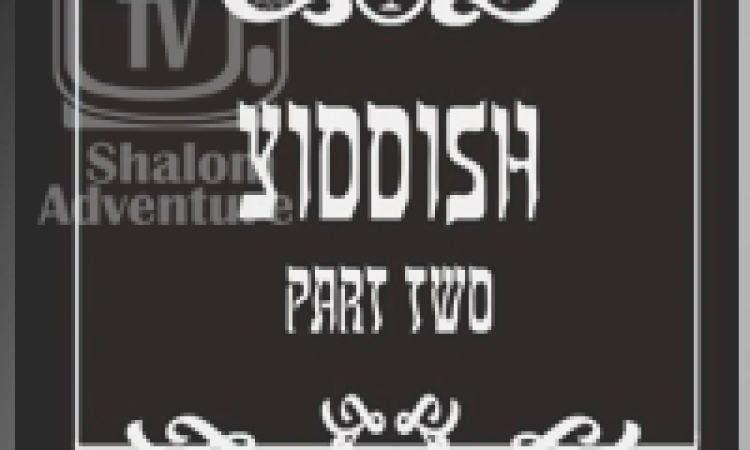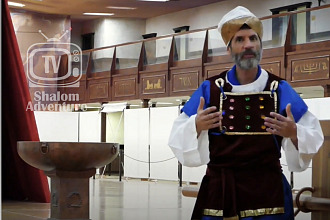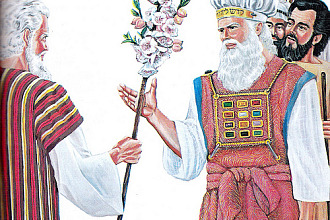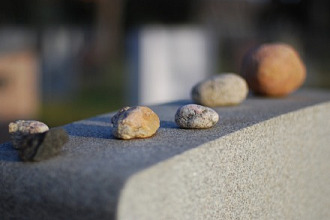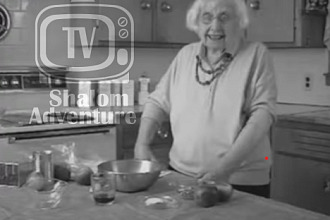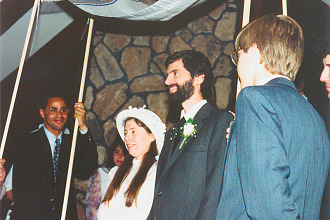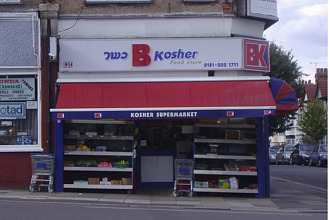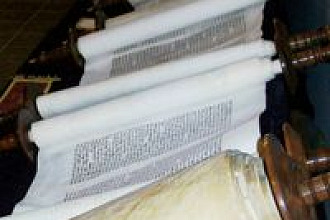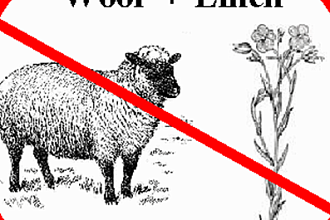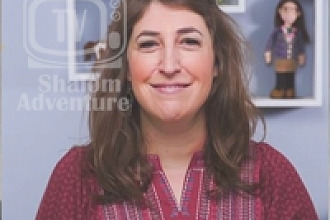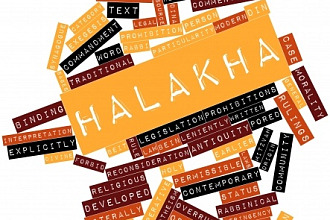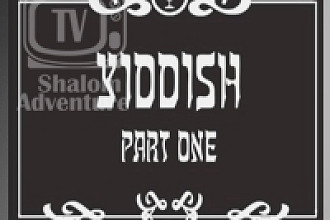Prior to the Holocaust, Yiddish, a language more resembling Middle High German than anything else phonetically, was widely spoken by 11 million people, not as a national language or local tongue, but a unique language uniting Jews of various nationalities worldwide.
Yiddish is similar to Hebrew in that it is written from right to left, and is infused with direct linguistic parallels and grammatical concepts from the Hebrew alphabet. As the only Germanic language to be inscribed in a non-Roman alphabet, Yiddish is believed to be derived 18% from Hebrew and Aramaic, 16% from Polish, Russian, Czech, Ukranian, and other ethnic Slavic tongues, and has trace elements of Old Italian and Old French, truly making it a mishmash of ancient and medieval languages.
Though the spoken language largely died in the years of the Holocaust, the legacy of Yiddish linguistics lives on in many academic circles, certain orthodox communities, and among various writings.
Perhaps the most familiar Yiddish writer transcending time is Solomon Rabinovich, who also goes by the pen-name Shalom Aleichem. His short stories and plays, originally crafted in Yiddish, depicted the challenges that an impoverished milkman Tevye goes through living in a Jewish shtetl in Anatevka, a village located on the Pale of Settlement in Russia, and used the marriages of his three oldest daughters to illustrate the sociopolitical changes gripping not only Russia but all of the European continent in the 19th century.
Growing anti-semitism at this time in history resulted in millions of Jews immigrating to the United States from czarist Russia seeking religious freedom and a better life, and the stories further depicts how education transformed young Jewish lives into something more than that of a balabusta (a Jewish homemaker), yielding more opportunities and prosperity than would have been achieved in Russia.
The originally Yiddish stories of Tevye the Dairyman and His Three Daughters became the basis of the 1964 musical Fiddler on the Roof, which captivated Broadway for years and is well known worldwide today. According to the Hutchinson News, Fiddler on the Roof was the first Broadway production to top 3,200 performances and 900 sellouts in just over two years until the record was broken by Grease a decade later.
Written by Erin Parfet

